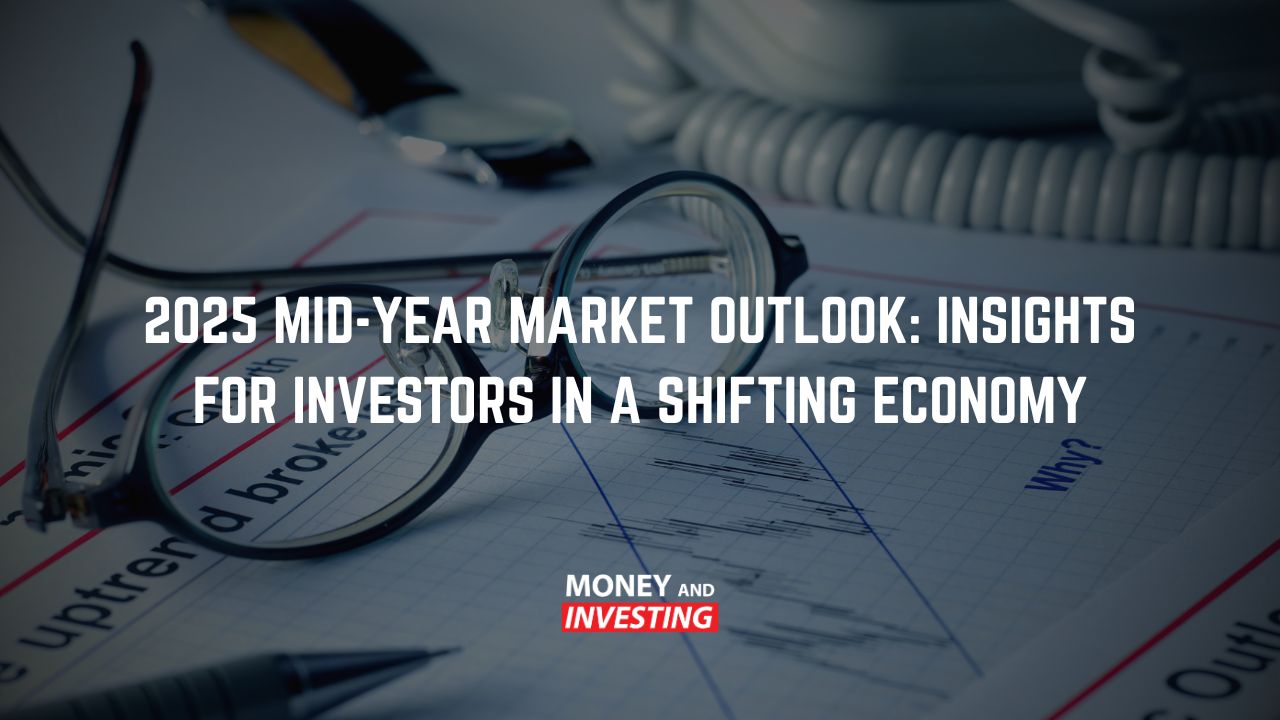4 Types of Timeframe Investing
A common theme in our podcast is adapting to the current environment and selecting strategies is no different. Join us in this week’s episode as we look at 4 different types of timeframe investing and what conditions might be most suitable for each:
What Works For You?
Most people want to make money, but diving in and trying to you are best served to figure out what sort of strategy is best suited to you. Through decades of experience and countless clients, Host Andrew Baxter points out that figuring out what sort of investor or trader you are is a critical step in being successful. Everyone has different risk appetites and different strategies do bring different risks into play. The type of income can vary greatly across strategies – whether it be income, capital growth or passive and establishing what you are after will be one of the determining factors of which way you go. If you are time poor, you may need to consider the requirements of different strategies. Before starting, ask yourself if you truly have an interest in it, even if the opportunity offers extra income.
Day Trading
Anyone who has scrolled through their Facebook feeds over the last few years would have seen advertisements for day trading courses presented in a glamorous fashion. Host Andrew Baxter is familiar with the day trading space and points out that it is not all it is cracked up to be. We would all love to spend a couple of hours a day in front of our computer, make millions and spend our afternoons watch shopping but it is a highly challenging arena to succeed in. Current market conditions are great for day traders however, with hefty volatility present in the market.
There is no point day trading very steady instruments when day trading because even if you are right your margins are so narrow. If you’re considering day trading, remember that the current market activity offers potential opportunities and is not a bad time to start.
Active Trading
Active trading is another short-term trading style, but can span over a few days rather than intraday like a day trading strategy. If you’re an active trader, you might be looking to “smash and grab” over a few days to pick up a profit should an opportunity arise. Once again, it is not necessarily optimal in all markets and at all times, and knowing when it is the right play is vital for taking winning trades. Host Andrew Baxter notes that right now does have its opportunities. Where in day trading, volatility being present can give us opportunities across a wide range of stocks, trading volatility itself in the current environment can bring some opportunities into the frame for active traders.
Though there is generally sustained high volatility. You will see significant fluctuations on a day-by-day basis and if well-timed can yield some positive results. Though there is no tangible asset which is volatility, there are ways to get into the market. Andrew Baxter’s preferred method – options.
Active Investing
The main difference between trading and investing is timeframes. As Host Andrew Baxter points out, another key difference is the weight of focus shifting from timing trades using technical analysis to looking at fundamentals. Examine the underlying issues by observing the world around you and determine how current events may change different industries and sectors. For example we can look at the increase in grain and wheat prices stemming from the war in Ukraine, targeting relevant ETFs in order to capitalise. The price moves we saw however, were over a couple of months rather than a few days so sticking in longer term positions was the greater approach for such a trade. With all of the available information the internet provides, you don’t need to be a fund manager to be able to utilise an active investing strategy.
Long-Term Investing
Of all of the different time frame strategies discussed in this episode, long-term investing is the most common. You would be looking at timelines over years rather than days, weeks or months and with the long-term upward bias of the market perhaps not such a bad strategy. A commonly perceived advantage of long-term investing in major blue chip companies is dividends but as Host Andrew Baxter knows, where you may bring in an income through a dividend the value of that dividend is taken off the price of the asset. If you are time poor or not equipped with the skills to time the market, using long-term investments as a means of making money on your savings may be the strategy for you. What sort of time frame investing sounds best for you?



